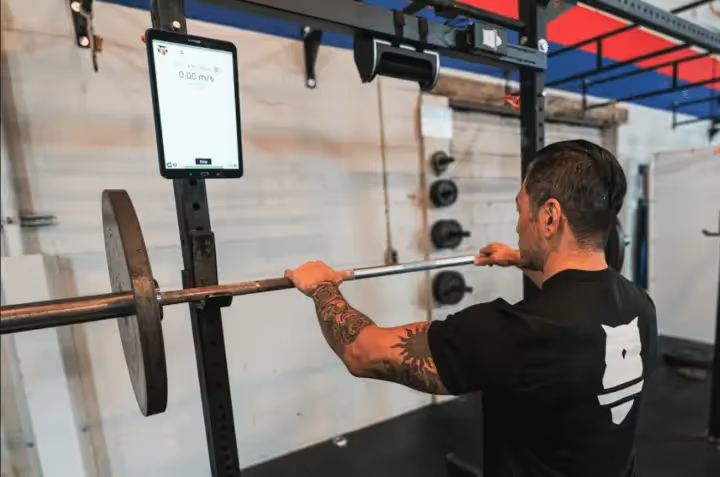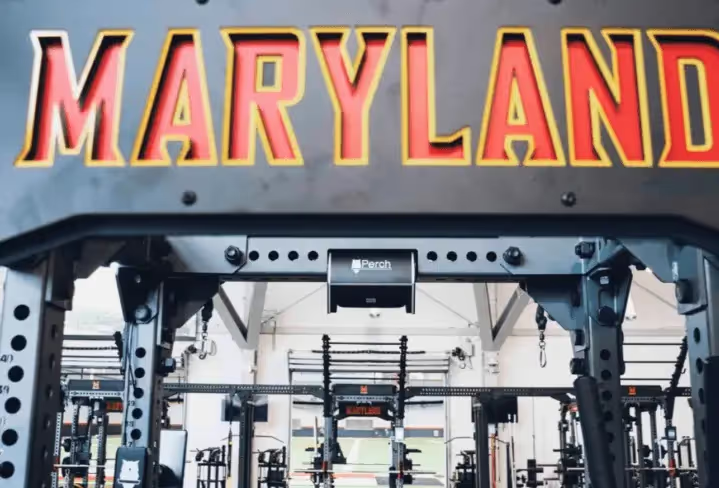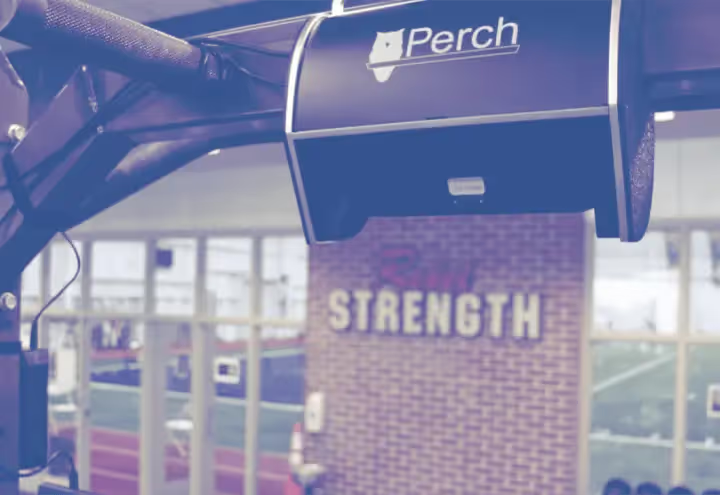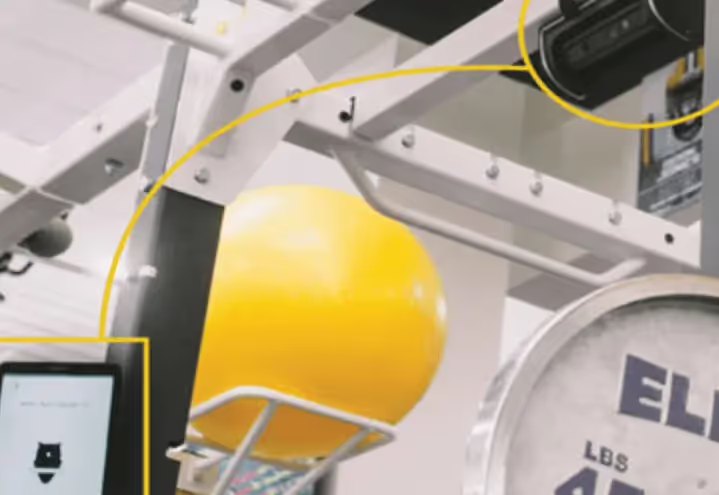Guest Blog Post 2: Daniel Hicker

Daniel Hicker has been a strength and conditioning coach for the San Jose Earthquakes in the MLS (Major League Soccer) for the last two seasons. Prior to his current role, he had worked as a strength and conditioning coach for US Soccer and the NHL’s San Jose Sharks. Daniel Hicker also served at Santa Clara University as both a strength and conditioning coach and the director of performance analysis.
Originally from Seattle, Washington, Daniel Hicker received his undergraduate degree from Colorado State University-Pueblo. He then went on to receive a Masters of Exercise Science and Rehabilitation from California University of Pennsylvania (PA). He is a Certified Strength and Conditioning Specialist, with Distinction (CSCS *D) and a Registered Strength and Conditioning Specialist (RSCC) both through the NSCA Hicker is also a certified Performance Enhancement Specialist and Corrective Exercise Specialist through the NASM. Perch was thrilled he agreed to write a guest blog post for us this week and we are excited to share it with you below!

WORDS OF WISDOM
Life is often compared to a marathon, but I think it is more like being a sprinter; long stretches of hard work punctuated by brief moments in which we are given the opportunity to perform at our best.
– Michael Johnson
AN INTRODUCTION
If you believe you can change the world as a strength and conditioning or performance science professional, you are heading in the right direction. Our job is not easy. It’s time consuming, and often times extraordinarily challenging. It’s a grind, and the longer you’re “in the game” the more you realize opportunities to make a true impact in our athletes and coach’s journey, even lives.
For the athlete, time is the biggest limitation. The more individualized and specific our direction of training, the better. If not, we are spinning our wheels and operating blindly. That’s just reality. Delivery of programming should be simple, useful, and engaging. Information in its proper context provides education, elicits questions, and encourages motivation. Ultimately, we want to develop a competitive and nurturing training environment for all.
With the many, many, methodologies, and generalities in our definition of sports performance, it’s no secret that training culture in the weight room for soccer can be difficult to define. We get, lack of a better way to organize it, confused on our approach. This confusion, and even conformity in some cases, is a limitation to successful interventions. I can tell you change is coming, and technology is assisting us with this culture shift, or, in some cases initiating the development of a culture, period.
TECHNOLOGY IN THE WEIGHT ROOM
Originally, the method to the madness has been working off of GPS load monitoring, RPE, Force Plate and 1RM percentages of primary movements. All very useful information when applied correctly. Unfortunately, we either undershot or overshot loads in the weight room. We could get close, but simply not prescribing optimally for a given day, week, or training block. We were missing our targets for power management. A short-term problem, however good process equates to long term progress. We needed a link to our training effectiveness and efficiency. Time management. After all, programming and periodization only goes so far without constant, measurable, and reliable feedback.
The introduction of Velocity Based Training technologies as a holistic approach to our weight room training allows for immediate feedback to the athlete and performance professional. It’s an enhanced opportunity to manage doses of load and optimize training effect throughout the season. We hope it will also serve an assist as a bridge between the training grounds and the gym, bringing additional support to the commonly asked question, why? Why do we need the gym, and why do we want to apply a specific training stimulus to our already exciting training loads?
Reality is, whatever system is used for tracking our athlete’s development, the performance professional is really never in control. Whether it be throughout a training block, season cycle, or even career, it’s extremely important to consider the human physiology, its daily deviation and adaptability. This encourages the implementation of athlete-specific programs and dialog between key stakeholders intertwined to a long-term athlete development model. Exciting enough to know a professional in their 30’s can now add life to a career if we are patient and learn to approach the training case appropriately.
INTO THE FUTURE
Effective utilization of sports performance technologies for ongoing assessment and analysis of Key Performance Indicators (KPI’s) are an important objective to any training platform. Programming is just a blank map without direction unless we start creating the path. As a performance professional, the more we can provide answers to our sought-out objectives, the better. Therefore, it’s important to keep our training principles close, while objectives remain in clear view. What lies ahead with VBT will be quite interesting.
Until next time…

CONCLUSION
We want to extend a huge thank you to Daniel Hicker and the entire staff at the San Jose Earthquakes. They have invested in Perch and have begun implementing the technology in their daily training, as Dan mentioned above. Please also feel free to follow him on Instagram and Twitter to see how he continues to innovate with technology in the weight room. Thanks Dan!
OTHER RELEVANT POSTS!
Want to learn more about the basics of VBT? Check out Perch's VBT Dictionary!
Want more guest blog posts? Check out Brandon Golden's post!
FOLLOW US!
Keep checking back for more velocity based training content, tips, tricks, and tools. And don’t forget to follow us on Twitter , Instagram and Linkedin and like us on Facebook .

Start Gathering Data With Perch Today!
Reach out to us to speak with a representative and get started using Perch in your facility.

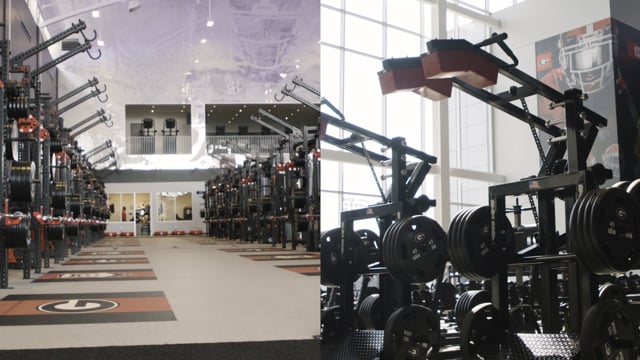
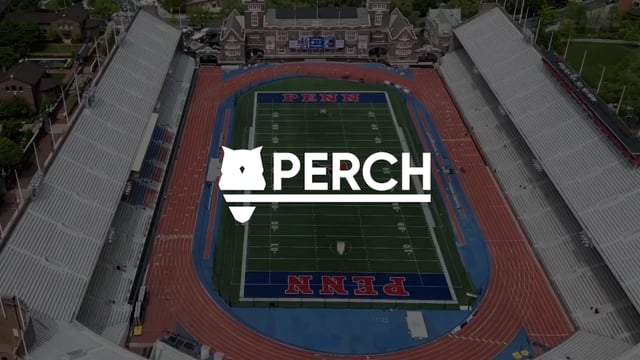
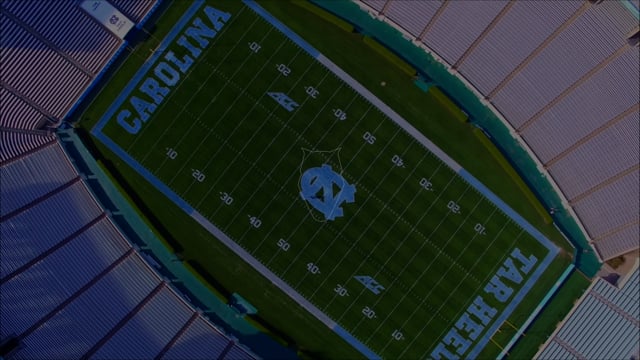
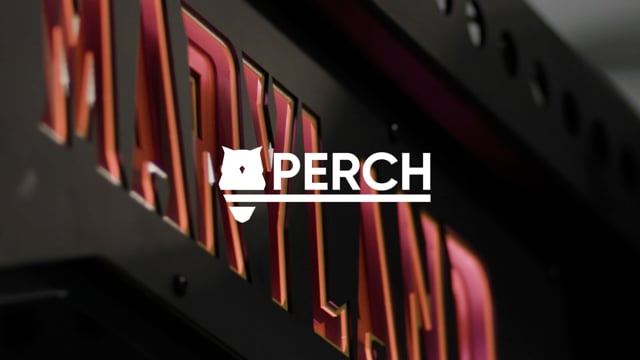
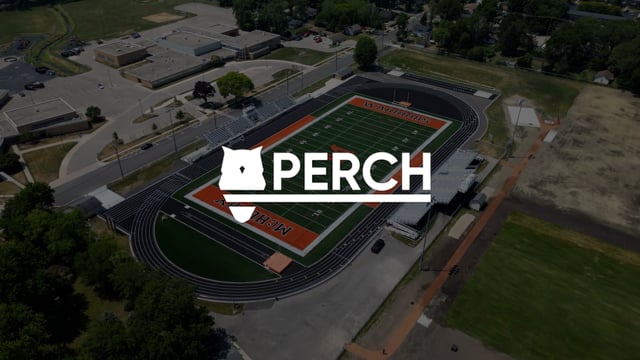
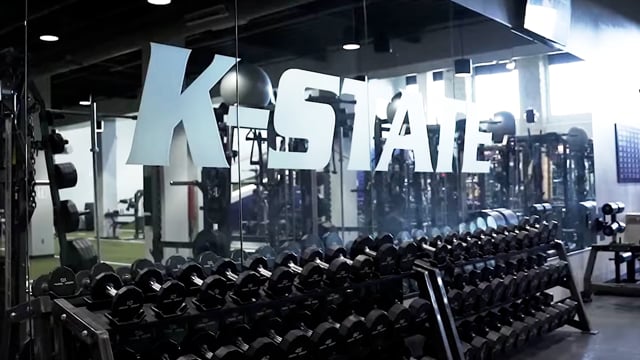

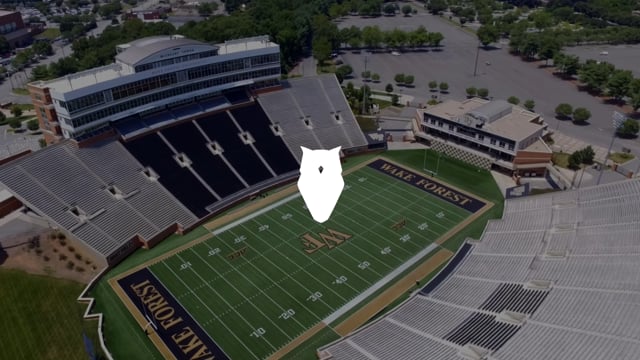
































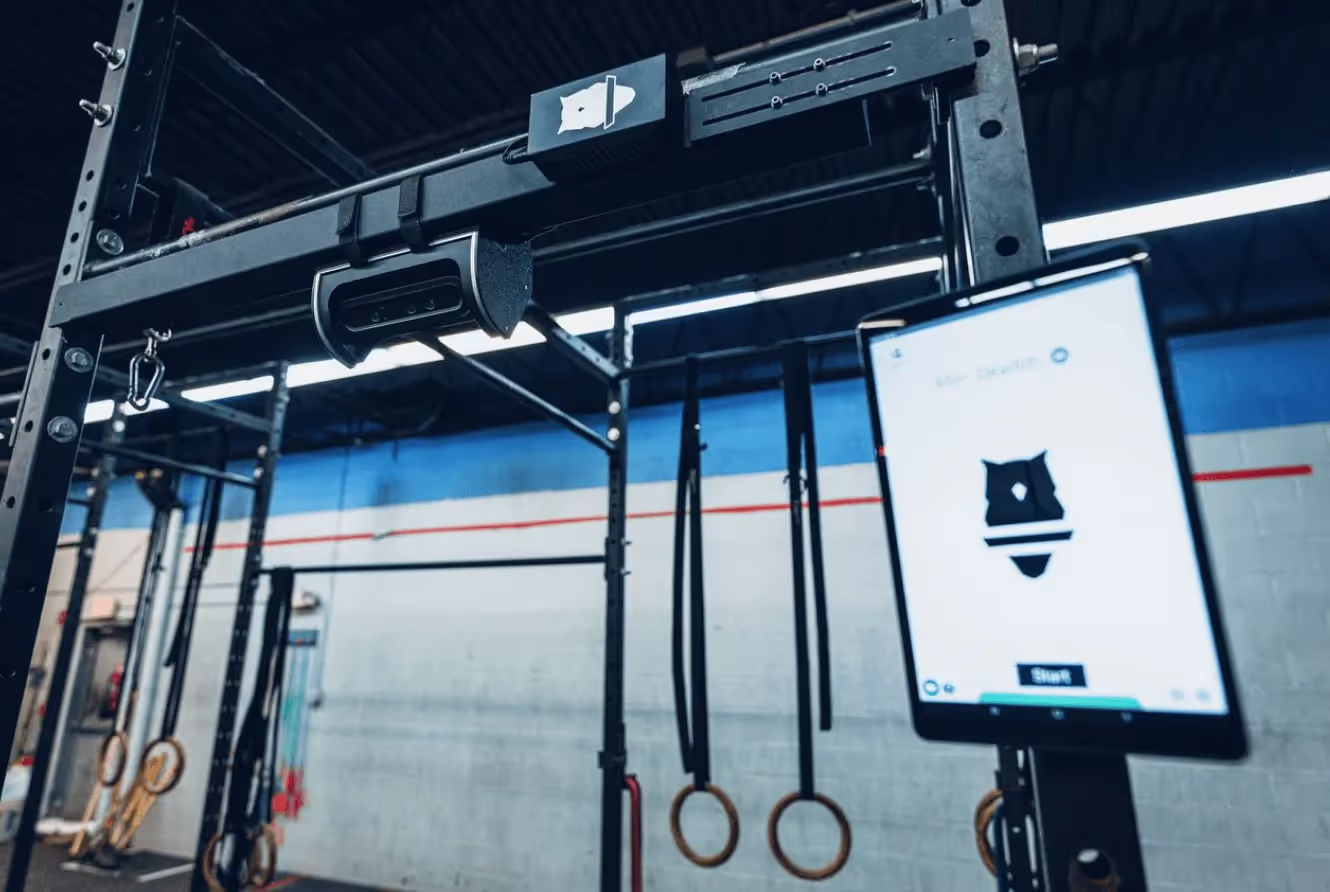
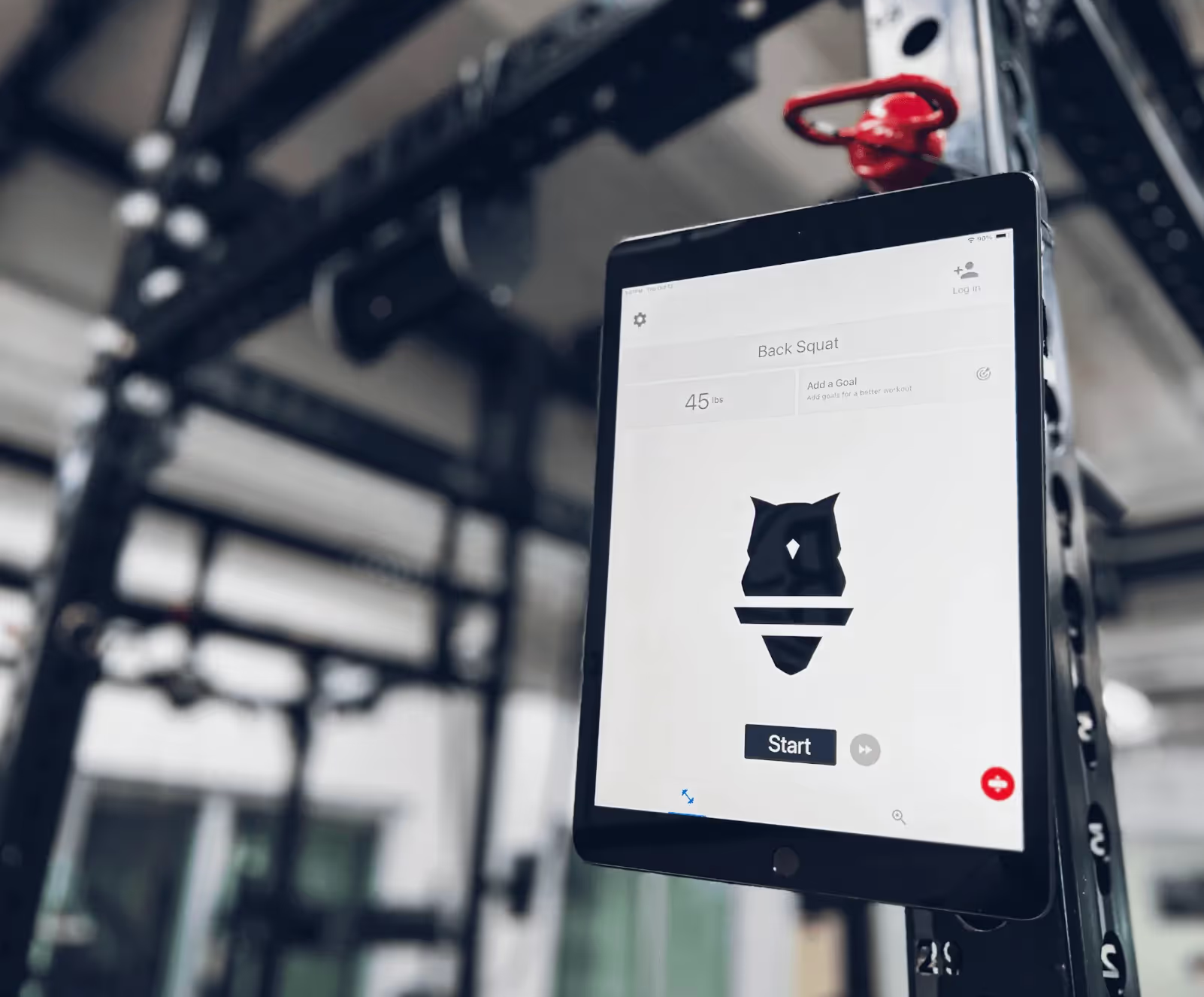



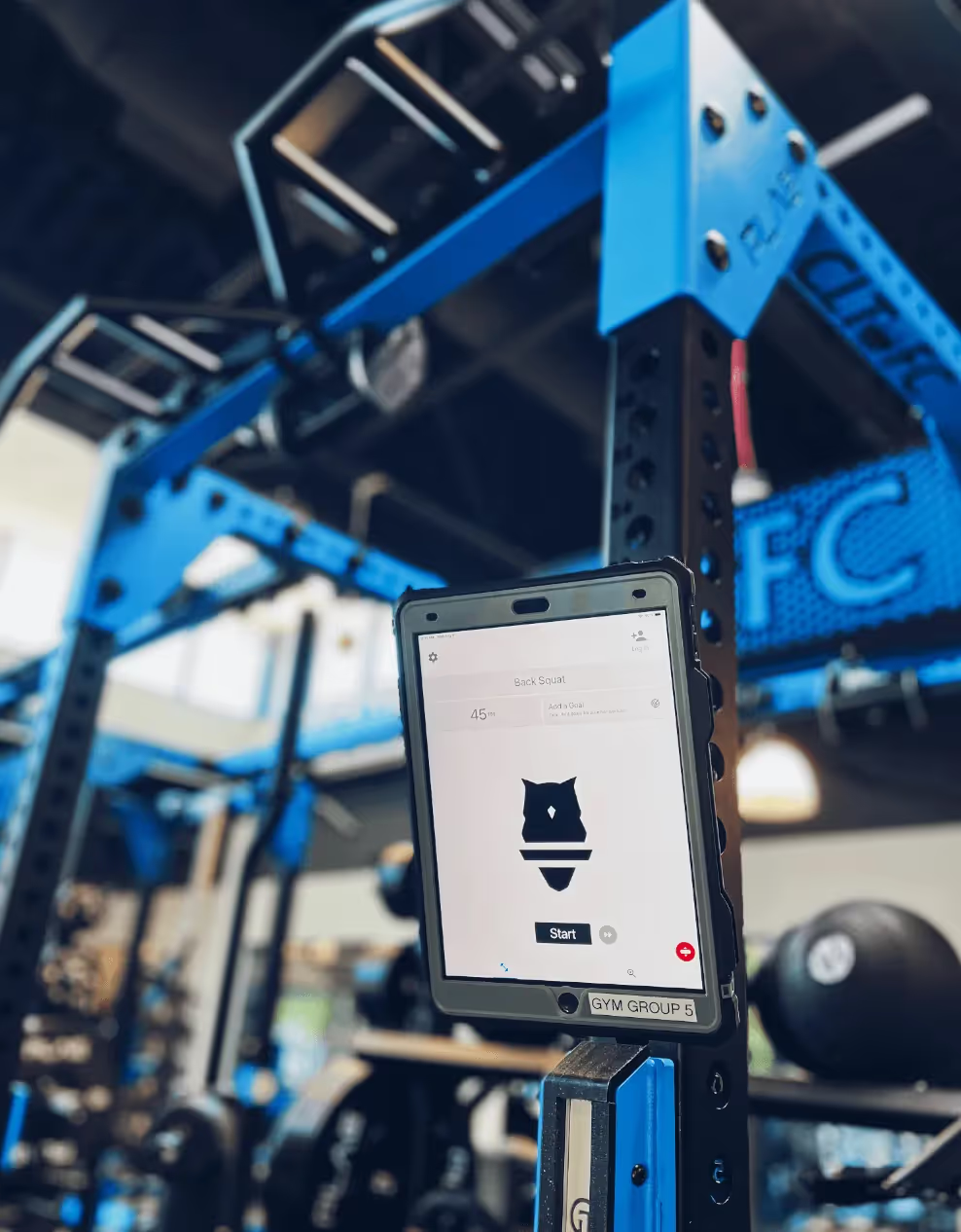
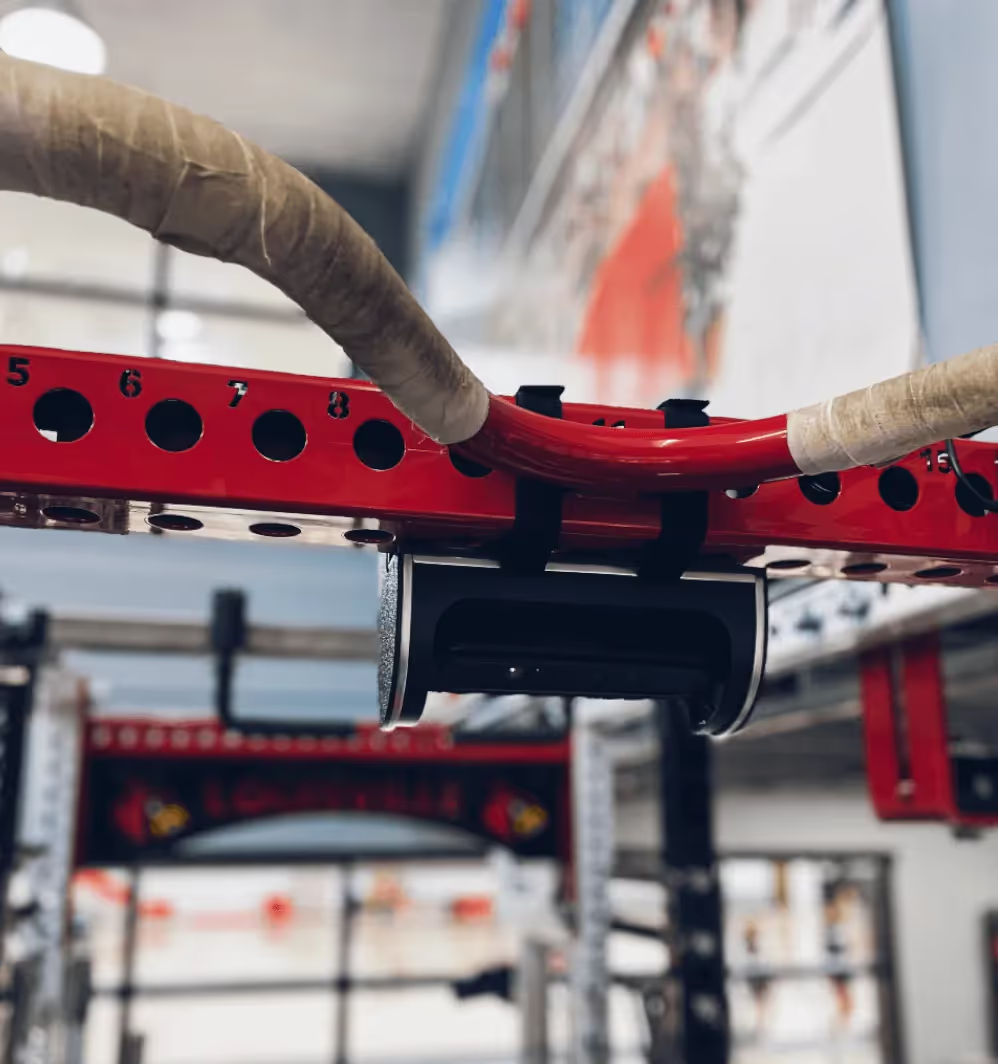


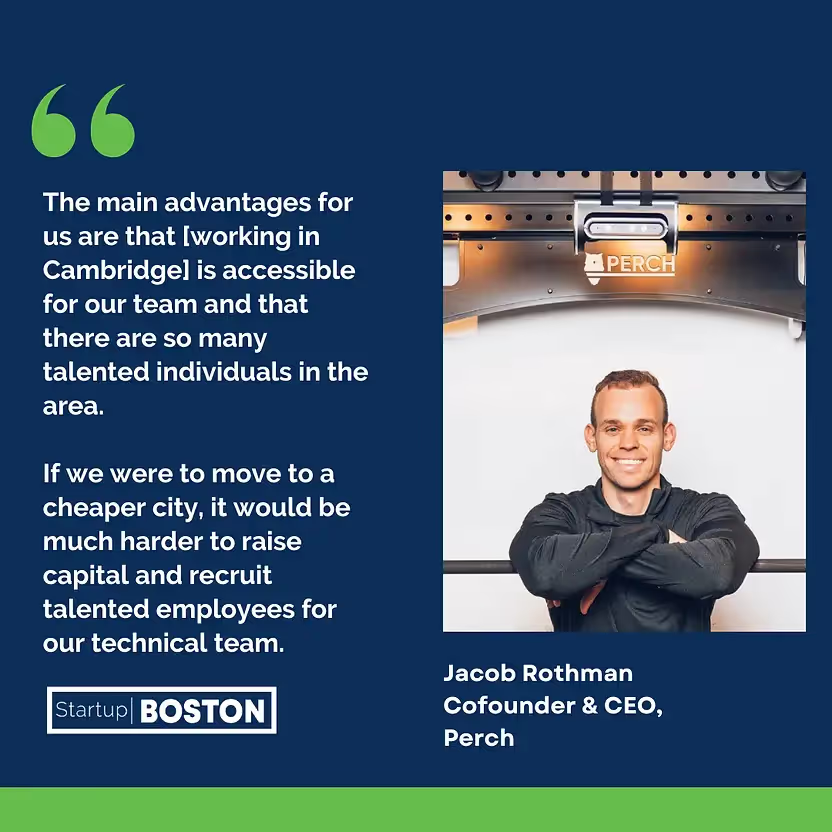



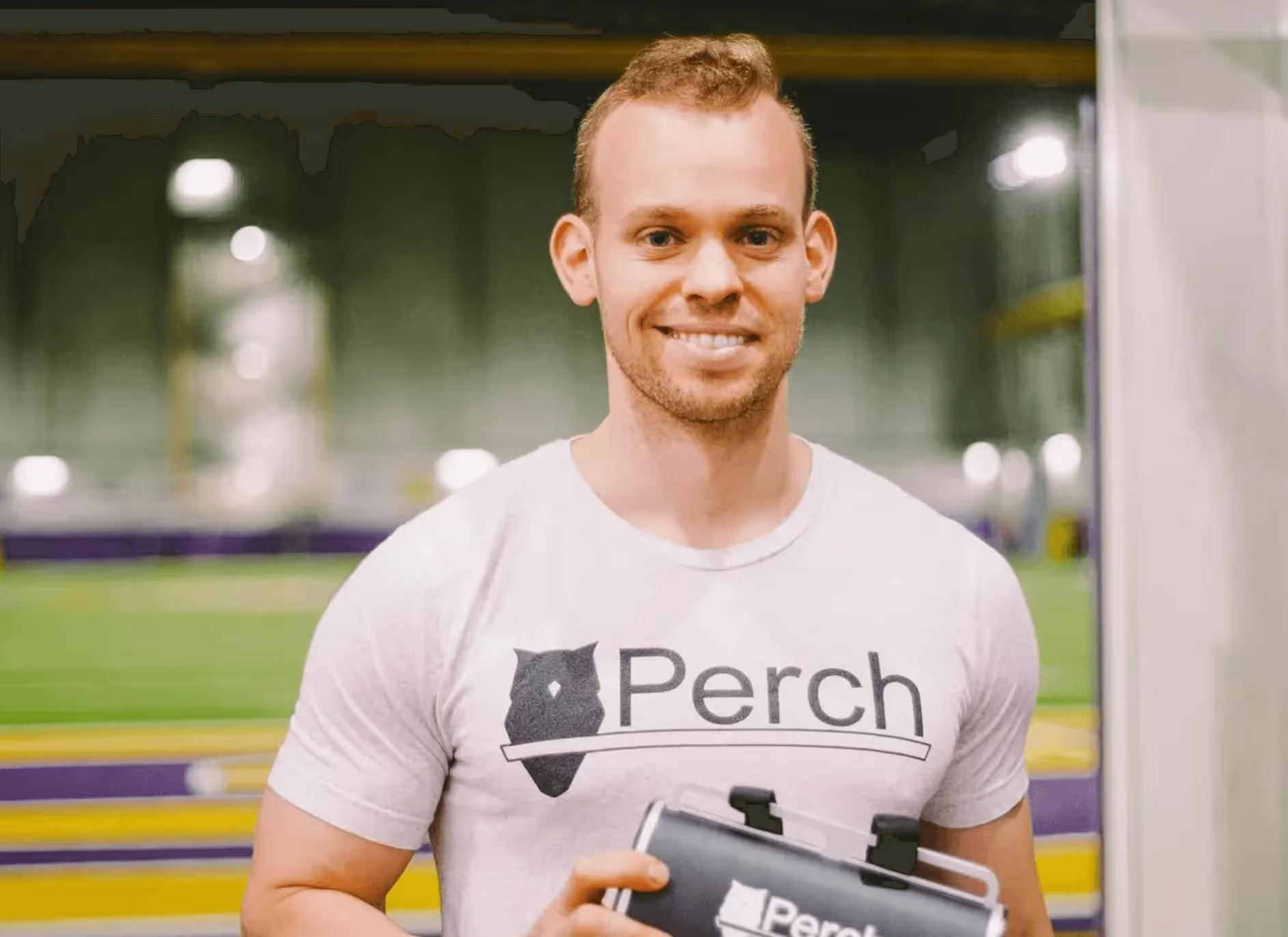





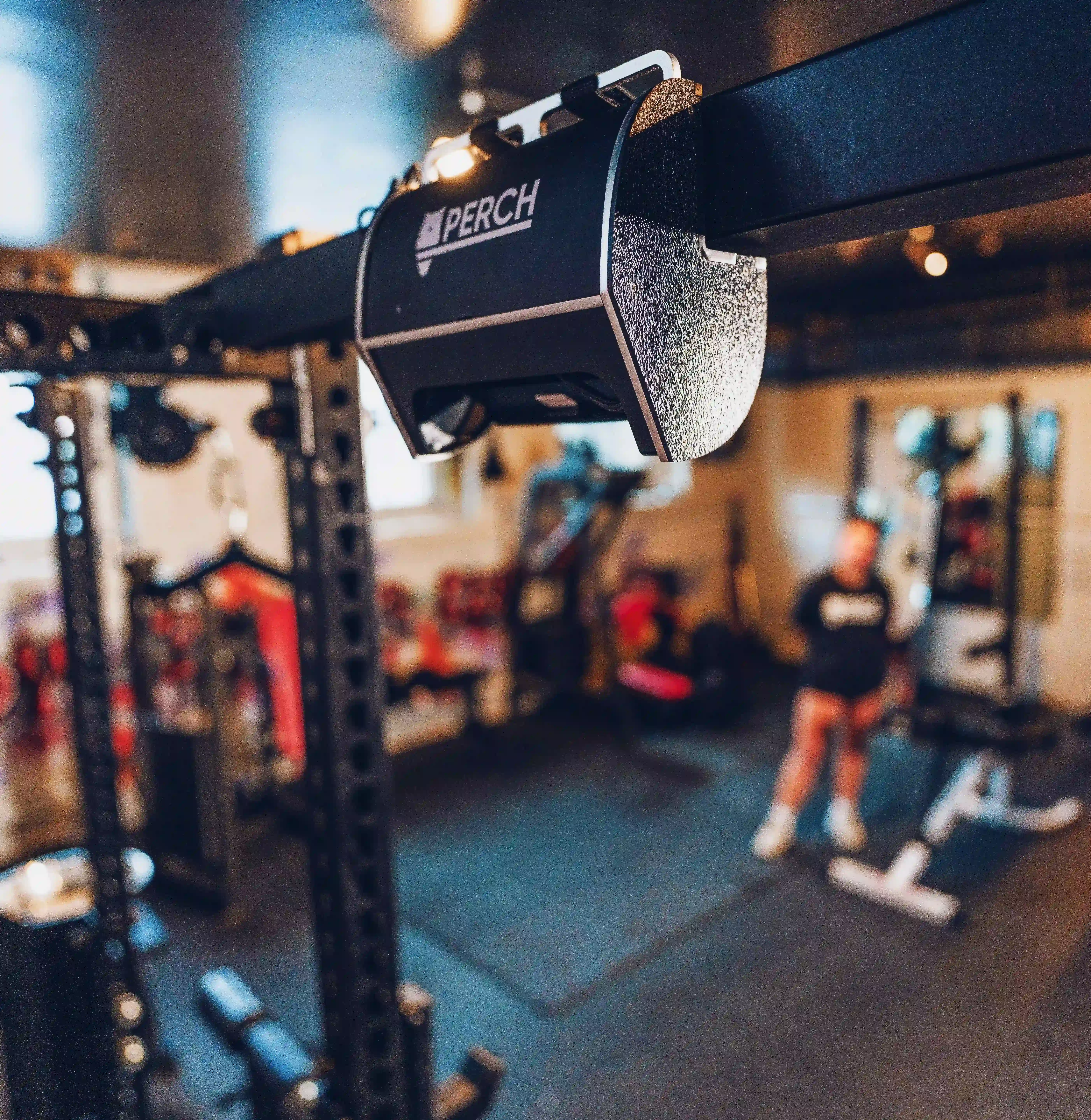


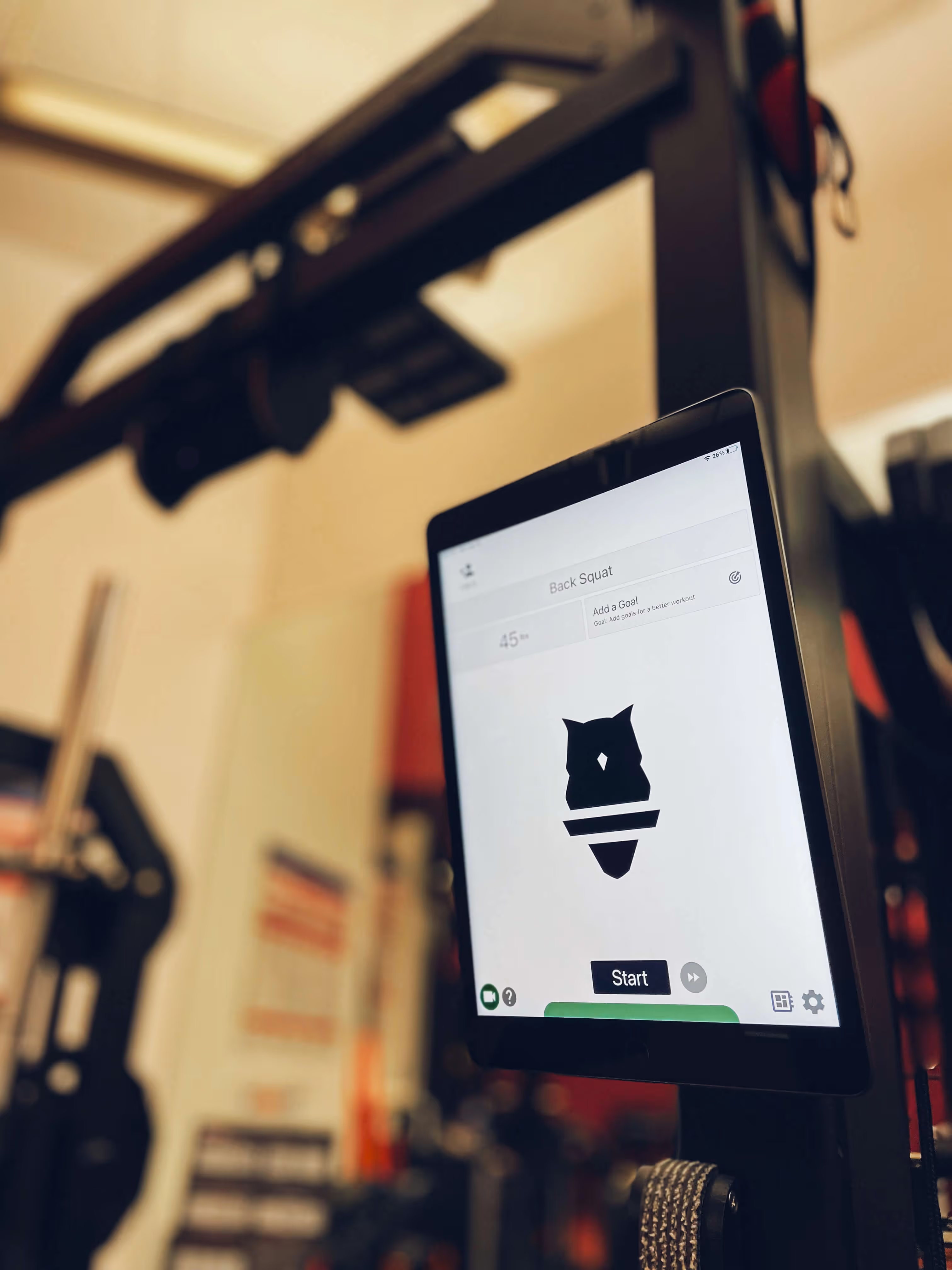

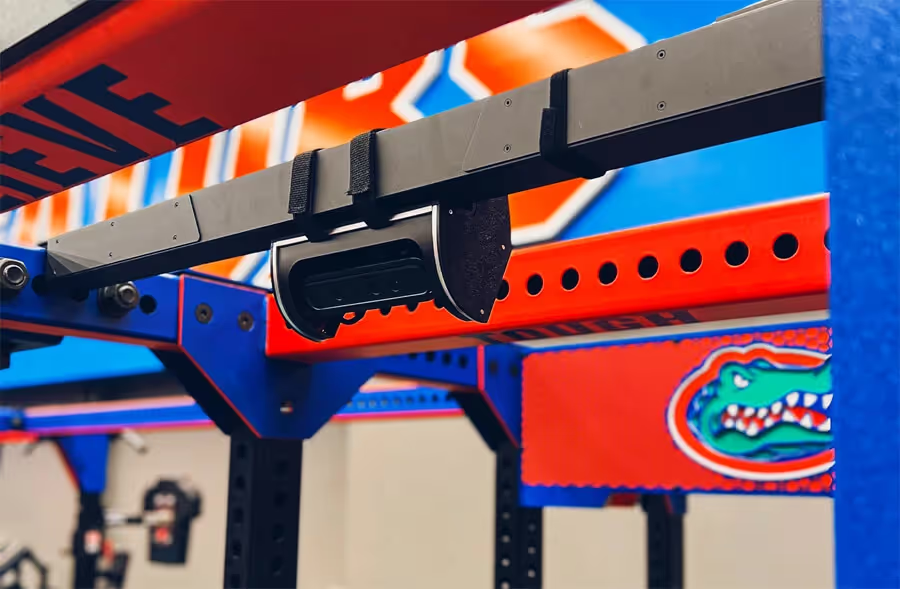






.avif)






